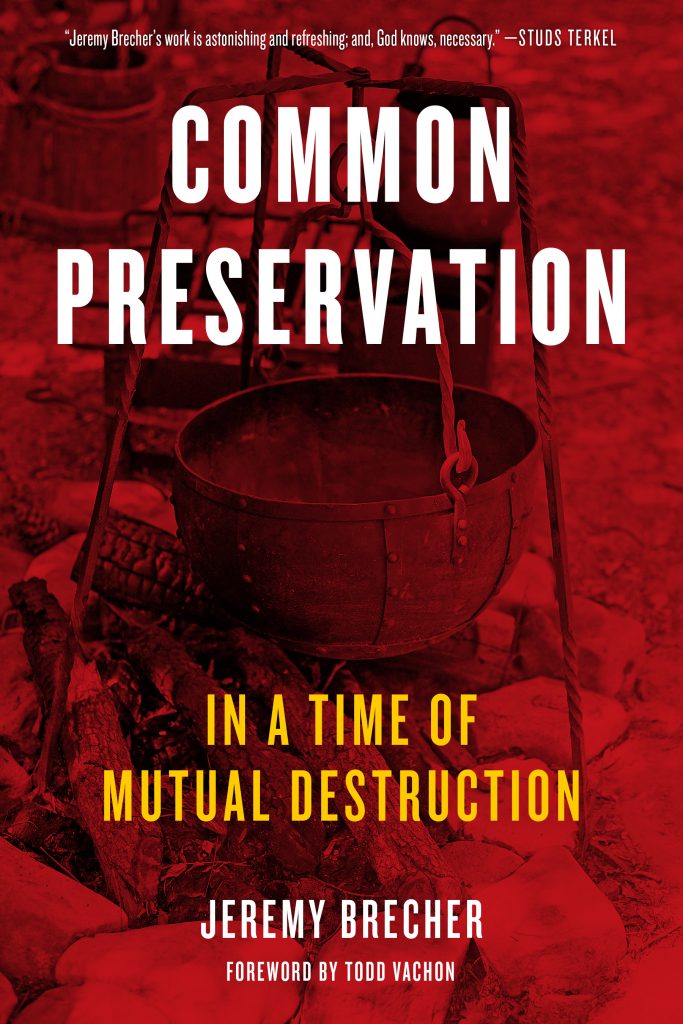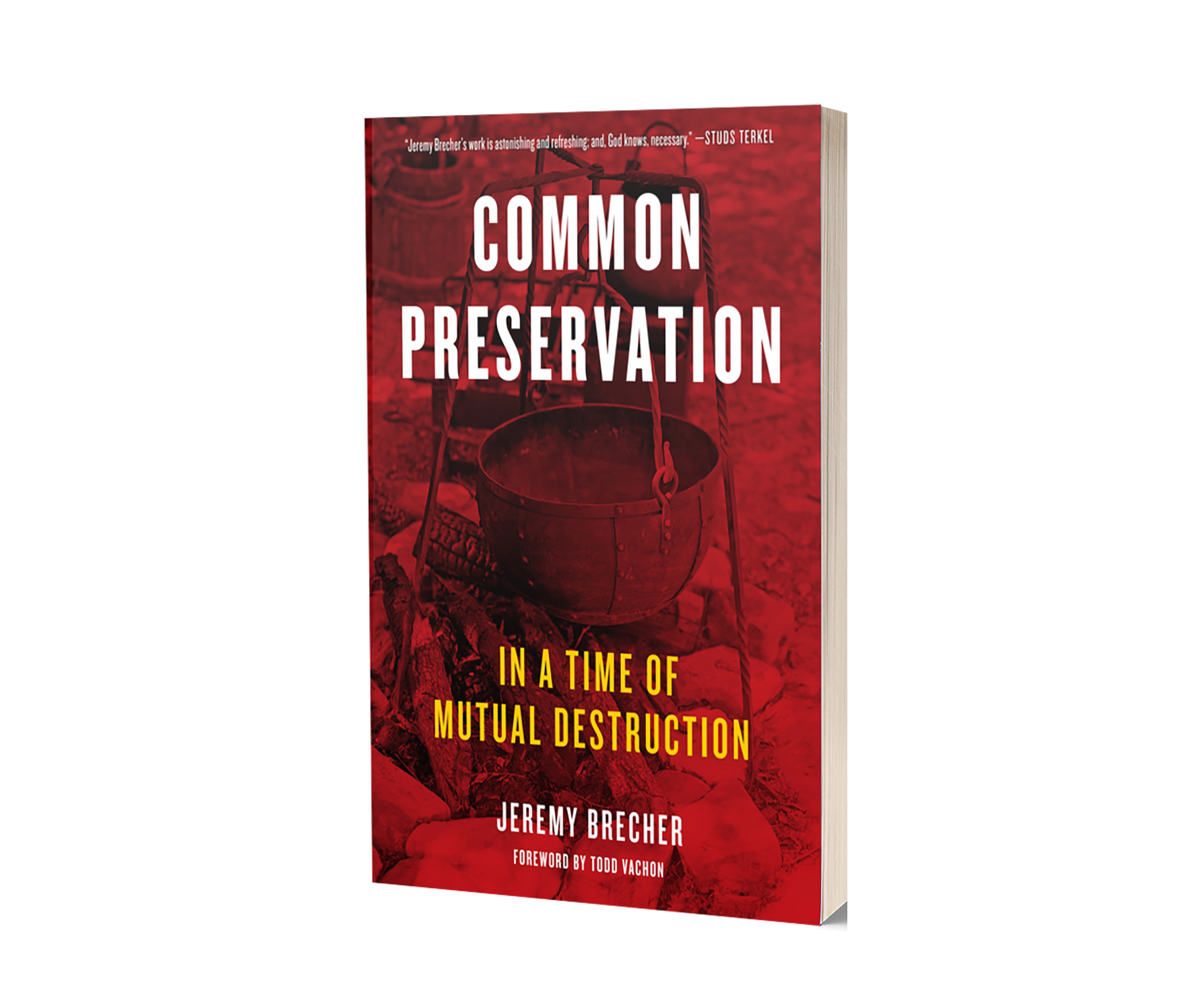By Todd E. Vachon
LEARN
Introduction: A Better Tomorrow
The coming year, 2022 will mark the 75th anniversary of the labor education program at Rutgers University. While historical records indicate labor education offerings dating back to at least 1931, it was on June 19, 1947, that New Jersey Governor Alfred Dricoll signed into law Assembly Bill 250-A, establishing the Institute of Management and Labor Relations (IMLR).
The stated purpose was to promote “harmony and cooperation between management and labor, and greater understanding of industrial and labor relations, thereby to enhance the unity and welfare of the people of the state (McElroy 1995).”2 In order to carry out this assignment, IMLR was tasked with establishing programs to “develop new material and techniques to aid in carrying on the educational activities.” While the name and staffing has changed over the years and the vision has expanded to match the changing times, the core mission of the Labor Education Action Research Network (LEARN) remains to enhance the unity and welfare of the people of the state.
The timing for this anniversary seems especially appropriate given recent historical events—the onset of a deadly pandemic, the rise of a new movement for civil rights and social justice, and growing threats to American democracy from with-in. We are living in a time of turmoil, unrest, and change, perhaps leading to a new beginning. Looking in the rear-view mirror, I asked myself “what are some of the major lessons we learned from these recent events?” And “how can they help us plan for the future?” While the lessons were many, I lift up three in particular here.
First, we were reminded vividly about the importance of education for the regular functioning of a healthy society – we need to recommit to growing and improving our educational infrastructure, both physical and social. Second, we learned that our existing institutions are inadequate, lack accountability, and are too easily manipulated to serve the interests of one or another leaders – we need to strengthen our public institutions and make them more democratic. Third, and most importantly, we were reminded that when workers have a voice, they are better off – we are ALL better off. We need to increase worker voice in the economy.
In other words, the pandemic has reinforced my strong belief in the importance of education, democratic practice, and multi-racial, cross-class organizing. To advance these three interconnected practices, LEARN is launching this white paper series, titled “A Better Tomorrow: Research and Reflections on the Future of Workers.” The contributions will include original research, reflections from scholars and practitioners, and chapters from forthcoming books by LEARN-affiliated faculty. If you have an idea or a piece you would like considered for this series, please do not hesitate to reach out.
To kick us off, this first installment in the series sets the tone by contemplating the very real possibility of mutual destruc-tion and considering the prospects for us coming together to overcome our collective action failures, find shared purpose, and ensure our common preservation. The remainder of the essay below appears as the foreword in the newly released book, Common Preservation in a Time of Mutual Destruction, by Jeremy Brecher (PM Press, May 2021).
From Mutual Destruction to Common Preservation
People’s historian, Jeremy Brecher’s forthcoming book, Common Preservation is simultaneously a handbook for understanding the emergence of social movements and a call to action for each and every one of us to join together and address the most imminent threat to continued human existence—human-caused climate change.3 By identifying common patterns between iconic movements like the US civil rights movement and more obscure actions such as a local meat boycott by housewives in Staten Island, Brecher reminds us of how “doing history”—finding significant and meaningful connections—can help us act more effectively now and in the future. As your middle school social studies teacher likely told your class, “If we don’t know our history, we are doomed to repeat our mistakes.” The message from Brecher is more urgent: if we don’t learn from our actions and develop new strategies for common preservation immediately, we are doomed to end history altogether.
Common Preservation addresses these central questions:
How might we come to see that our self-interest, indeed our self-preservation, depends upon our common preservation?
How might the billions of individual humans living on the planet today coordinate our efforts and reconstruct our patterns of actions to address the threat to our mutual survival?
Longtime movement scholar, people’s historian, and social activist Jeremy Brecher is just the right author at just the right time to engage with this topic. With a lifetime of participation in movements ranging from nuclear disarmament and peace to civil rights, gender equality, and labor, Brecher is well equipped to address these questions. At the heart of this book is a lifelong passion for progressive social change and a deep thirst for understanding how individuals on occasion come to realize their shared interests and coordinate their efforts to transform the world for the betterment of all. Understanding these processes is more important than ever in this current era when we are facing global pandemic, global depression, accelerating cli-
mate crisis, and heightened struggles over justice and equality.
I have seen common preservation and I know it can work. While I was in graduate school at the University of Connecticut, my fellow graduate workers and I had been accustomed to working for low pay and simply dealing with it as best we could. It was just the way things were, and everyone knew it when they accepted the offer to come to the university. Some took on extra jobs without telling their advisors, others found they were eligible for food stamps and used them to help provide for their family. But when the university began to unilaterally cut benefits and impose further economic hardships on graduate workers, a gap arose between their expectations and the realities they faced. Just struggling along through “grad school poverty” was no longer working. A small group of grad workers got together and shared our stories of individual efforts to cope with the hardships. We decided to speak with more of our coworkers about their problems, which increased awareness among graduate assistants that what we had been experiencing as individual problems were in fact shared by over two thousand other graduate assistants from all different departments. It was a collective problem that required a collective solution. We ultimately formed an organization to coordinate our actions and address the problem—a union.
Common Preservation shows that there is a pattern to the emergence of such collective solutions. For example, on March 15, 2019, 1.4 million students from over two thousand cities in 125 countries on six continents made history when they walked out of school. It was the latest in a series of global student strikes urging the governments of the world to act now on climate change. These widespread mobilizations were inspired by the weekly strikes held outside of the Swedish parliament by a lone sixteen-year-old named Greta Thunberg. Like Greta, students around the world expressed fear, anger, and disappointment that adults have not acted on climate change. Addressing a crowd in Santa Fe, New Mexico, eighteen-year-old Hannah Laga Abram said: “We are living in the sixth mass extinction. Ice is melting. Forests are burning. Waters are rising. And we do not even speak of it. Why? Because admitting the facts means admitting crimes of epic proportions by living our daily lives.
Because counting the losses means being overpowered by grief. Because allowing the scale of the crisis means facing the fear of swiftly impending disaster and the fact that our entire system must change. But now is not the time to ignore science in order to save our feelings. It is time to be terrified, enraged, heartbroken, grief-stricken, radical. It is time to act.”4
Throughout human history, the experience of personal harm inflicted by systems of exploitation and oppression has led many people to pursue individual acts of revolt. Common Preservation analyzes many instances, such as work-related strategies like working inefficiently, sabotaging machines in the factory, or breaking tools on the plantation. But these individual efforts were typically insufficient to surmount the powerful forces blocking social change and thus the existing conditions persisted. Some people began experimenting with forms of collective action, such as work slowdowns and stoppages. Many even began to see that their personal well-being was inextricably connected to their collective well-being as members of a class, racial group, or population. The results were the labor movement, the abolitionist movement, the underground rail-road, the civil rights movement, the suffragist movement, and the women’s movement. While economic inequality, racism, and gender disparities still permeate modern society, the collective efforts and coordinated actions of these many individuals through social movements have undoubtedly advanced the causes of workers, black people, and women and have thus transformed the world. The lessons learned from these and other movements provide the intellectual food that nourishes Common Preservation.
Part 1 of the book provides a refreshingly ideology-free exploration of some of the greatest social thinkers in mod-ern history, ranging from Marx to Gandhi, from W.E.B Du Bois to E.P. Thompson. In what he calls “raiding parties,” Brecher seeks out key insights from many streams of classic social thought to inform his common preservation framework. While readers may have varying opinions on some of the theories that are examined, Brecher’s approach is undeniably succinct and effective in its summation of the big ideas and laser-like focus on just the points that are most relevant to his key research questions.
Unlike most conversations with classic theorists, his is surprisingly easy to read, and provides a good primer for those not steeped in social movements literature, but also provides just enough depth that it is not too simplistic for more advanced readers.
In Part 2, Brecher develops his heuristic for common preservation. Drawing together the “tools” that were “raided” in Part 1, he takes us into his “workshop” to construct an original and compelling framework for understanding processes of social change; in particular, the transition of human actions away from mere individual acts of self-preservation toward collective acts of common preservation. At the center of Brecher’s heuristic is an innovative use of Jean Piaget’s concept of equilibration. Developed primarily for understanding the cognitive development of children, equilibration arises from a gap between established patterns of thought and action and new information that doesn’t fit those patterns. Faced with such a challenge, people may develop new patterns that compensate for the gap. For social movements, the journey from an established pattern of behavior to a gap which leads to a compensation which then establishes a new pattern corresponds with my own experiences as well as with my reading of major historical cases.
Part 3 of the book demonstrates how to apply the common preservation heuristic to the growing climate protection
movement. Readers are taken on a guided tour of ongoing efforts to halt climate change, including the many failures thus far, and the possibility of an alternative strategy for climate protection, which Brecher calls “climate insurgency.” At the bottom of each page are detailed notes which provide a commentary on how the common preservation heuristic is used in the text. It is here that the real wisdom of the heuristic is revealed. Whether a long-time student of social movements, a regular movement participant, or just a curious reader, this application of the common preservation heuristic is certain to trigger at least one, if not several, “aha!” moments.
The guiding principle throughout Common Preservation is that human action is patterned, but as Piaget said, these patterns or structures are “not eternally pre-destined either from within or from without.” In other words, people construct and reconstruct their own patterns of action.
The youth of the world today are confronting a world where the existing social patterns will amount to nothing less than colective suicide. Preventing the most catastrophic consequences of climate change is dependent upon our ability to coordinate our efforts, reconstruct our patterns of action, and challenge the powerful few that are driving and profiting from the unfolding crisis. It is going to take nothing less than a massive movement the likes of which the world has never seen—but whose underlying dynamics are revealed in scores of movements analyzed in Common Preservation. If done properly, this movement can simultaneously address many of the lingering social and economic injustices that are so inherently tied up in the struggle for climate protection. This volume helps us understand how such a movement might come to be and at the same time urges us to actively participate in its development. For the good of all of us. For our common preservation. Read. Discuss. Act. And together we just might “save the humans.”





